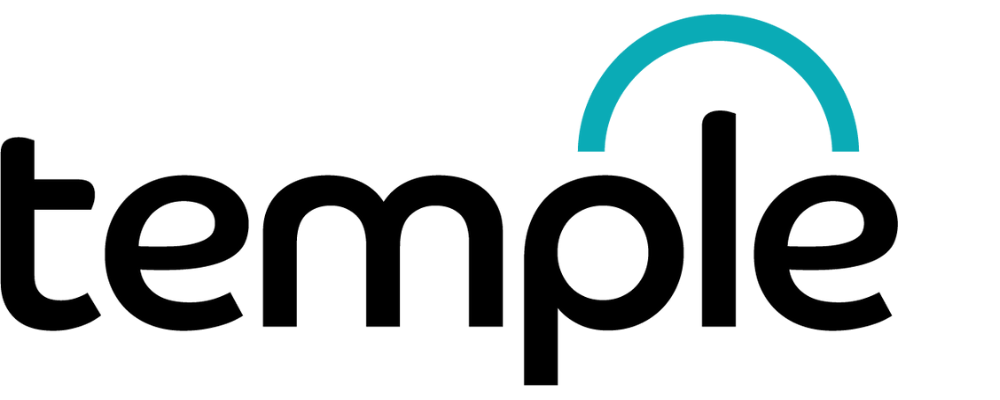BS 9991: A comprehensive update to the UK’s essential fire safety standard
BS 9991 Update
Due to publish soon, the latest revision of BS 9991 - the UK's key fire safety standard for residential buildings - represents a critical advancement in fire safety regulation.
As fire safety concerns have evolved, the new edition incorporates essential updates designed to enhance safety in the design, management, and use of residential buildings.
Here, we’ll explore the significance of the upcoming BS 9991:2024 Fire safety in the design, management and use of residential buildings - Code of practice, the key changes being introduced, and why adopting this standard is vital for anyone involved in residential building safety.
Register your interest in the standard here
What is BS 9991?
BS 9991 is a code of practice standard that offers comprehensive guidance and recommendations for ensuring fire safety in residential buildings. First introduced as a British Standard in 2011, it serves as a primary reference for achieving fire protection measures, safeguarding lives, and minimizing property damage in the event of a fire.
It covers a wide range of building types, from apartment blocks and flats to residential care homes. The objective of the standard is twofold:
To ensure an adequate standard of life safety in the event of a fire, focusing on occupant safety, firefighter safety, and the protection of emergency services.
To offer property protection, safeguarding not only the building in question but also adjacent properties, businesses, and the environment.
BS 9991 bridges the gaps between different regulatory frameworks in the UK, providing a unified approach to fire safety that can be applied nationally.
Explore the library of fire-related standards and the benefits they can bring to your organization by visiting BSI’s Fire topic page.
What are the key changes in BS 9991:2024?
The upcoming 2024 revision brings significant updates.
These reflect the increasing complexity of modern building designs and the evolving knowledge of fire behaviour, materials, and fire safety systems.
The key changes include:
Expanded scope: BS 9991 now covers residential care homes, recognizing the unique evacuation needs and fire safety challenges unique to those properties.
Explicit exclusions on timber have been removed: The scope of the standard has been limited in terms of reaction-to-fire classifications of load-bearing elements of structure to better reflect the available evidence regarding the use of mass timber in medium and high residential buildings.
Revised guidance for sprinklers and single-stair buildings: Updates include a new height limit for single-stair buildings and adjustments to sprinkler installation guidelines.
European classifications for fire doors: National fire door classifications have been replaced with European classifications to ensure consistency and reliability in fire resistance.
Enhanced recommendations for smoke control and evacuation lifts: Improved provisions for smoke control systems and detailed recommendations for evacuation lifts, making tall buildings safer in fire emergencies.
Updates on ancillary areas, kitchens, and external wall systems: The recommendations for these areas have been revised to account for the latest safety practices.
The 2024 edition offers a robust framework for fire safety in residential buildings, accommodating advancements in building technology while maintaining practicality.
What are the benefits of the revised BS 9991:2024?
BS 9991:2024 provides the most comprehensive and up-to-date recommendations for fire safety in residential buildings, ensuring the highest level of protection for both occupants and the building itself.
The revised standard addresses the complexities of modern building design, including mixed-use and high-rise structures, offering solutions for even the most challenging fire safety scenarios.
The 2024 edition integrates the latest advancements in fire safety knowledge, providing a future-proof approach to the design and management of residential buildings.
Who should use BS 9991:2024 and why?
BS 9991:2024 is essential for a wide range of professionals involved in the design of new buildings, as well as material alterations, extensions, and changes of use to existing buildings.
Users of the standard include:
Designers and Architects: BS 9991 offers a clear and authoritative guide to integrating fire safety into the design process, ensuring that buildings are constructed with the latest fire safety technologies and methods.
Fire Safety Engineers and Risk Assessors: The revised standard provides detailed guidance on fire safety risk assessments and offers updated methodologies to tackle emerging fire safety challenges.
Building Owners and Managers: Following BS 9991 helps maintain legal compliance, reduce liability, and ensure the protection of residents and properties in the event of a fire.
Fire and Rescue Services: BS 9991 helps fire services by providing standardized design and operational procedures that make firefighting and rescue operations more efficient and effective.
Whether you are designing a new building or making material changes to an existing one, this standard provides the tools to ensure compliance with fire safety regulations and to mitigate fire risks.
Contact Temple QMS today for support with BS 9991.

